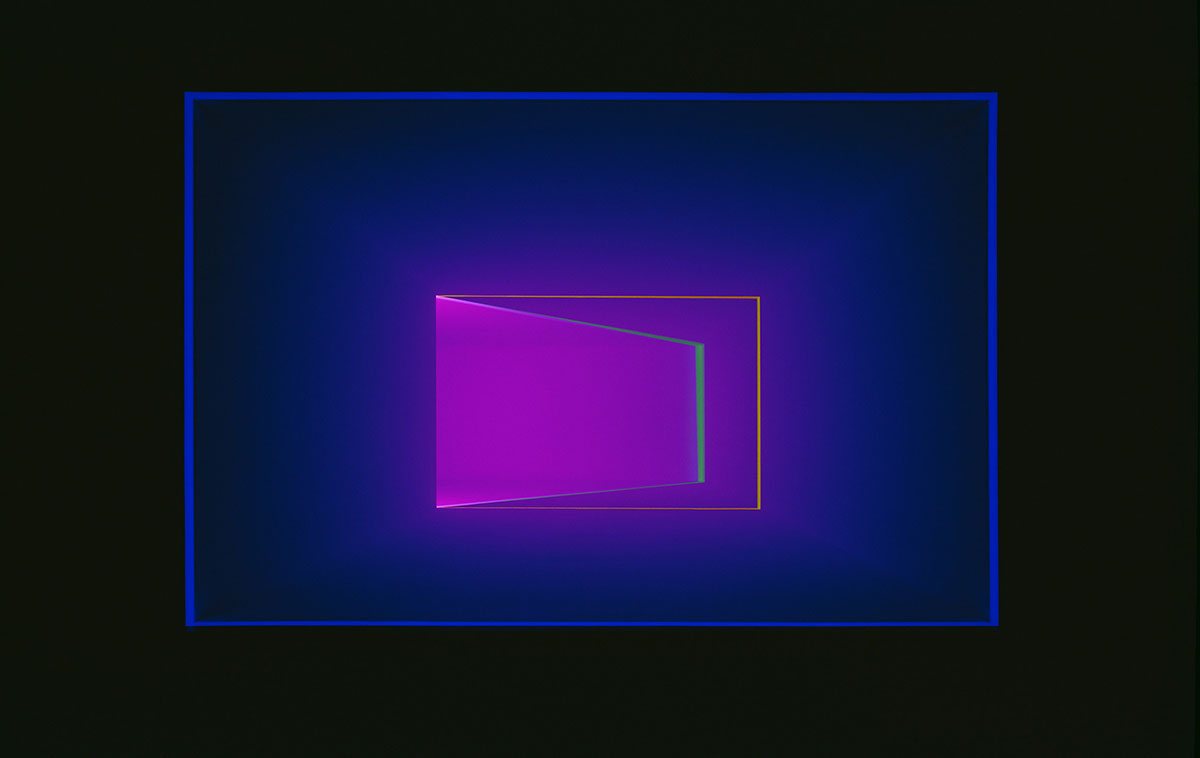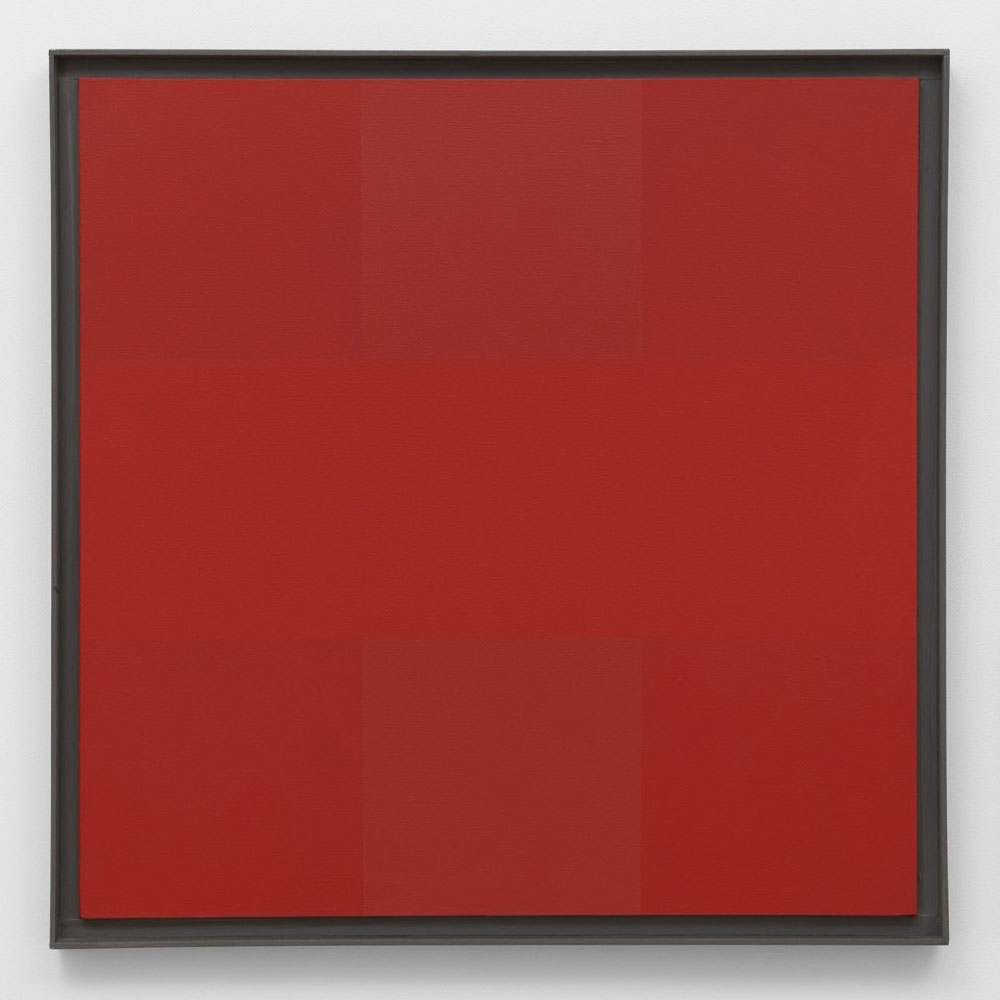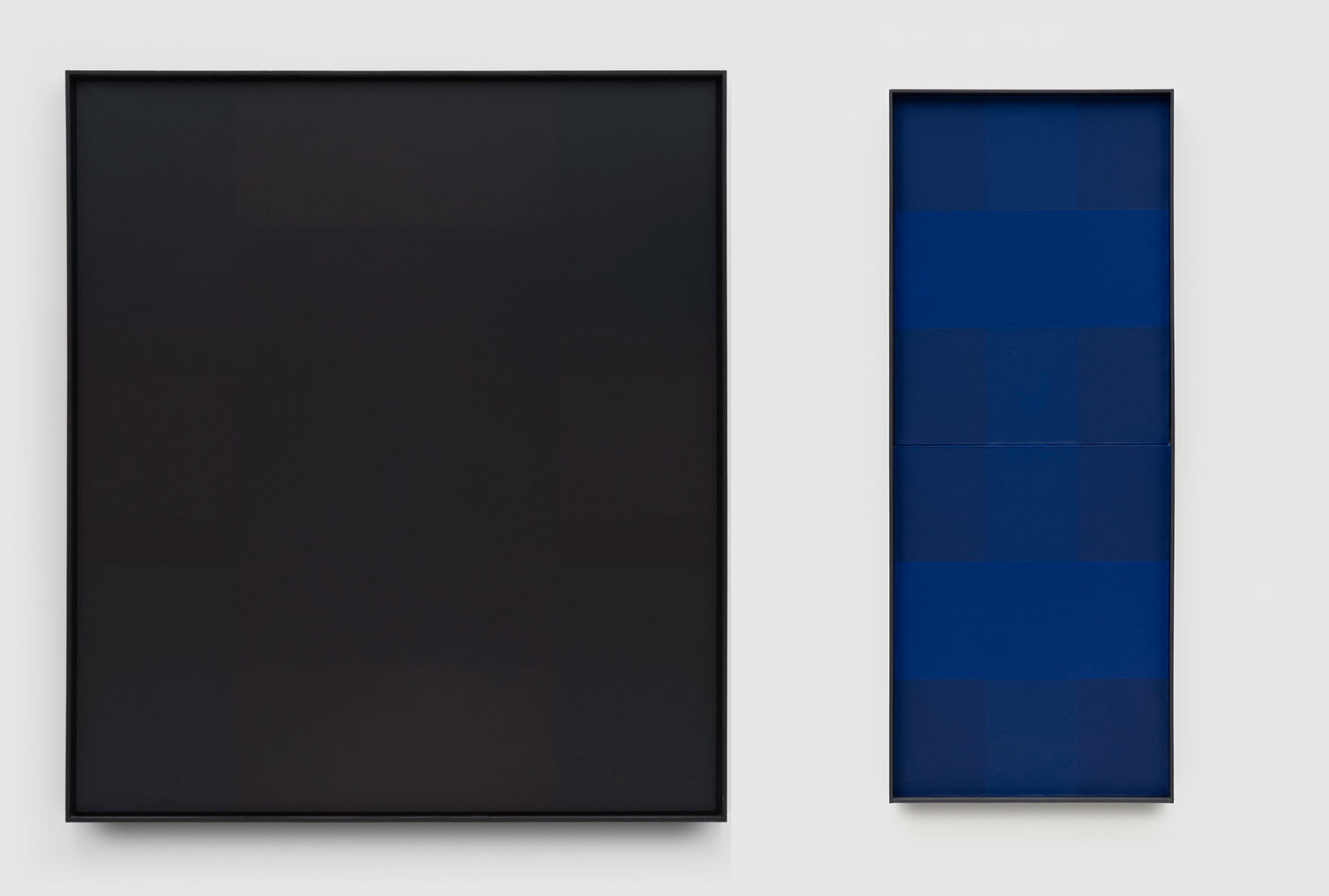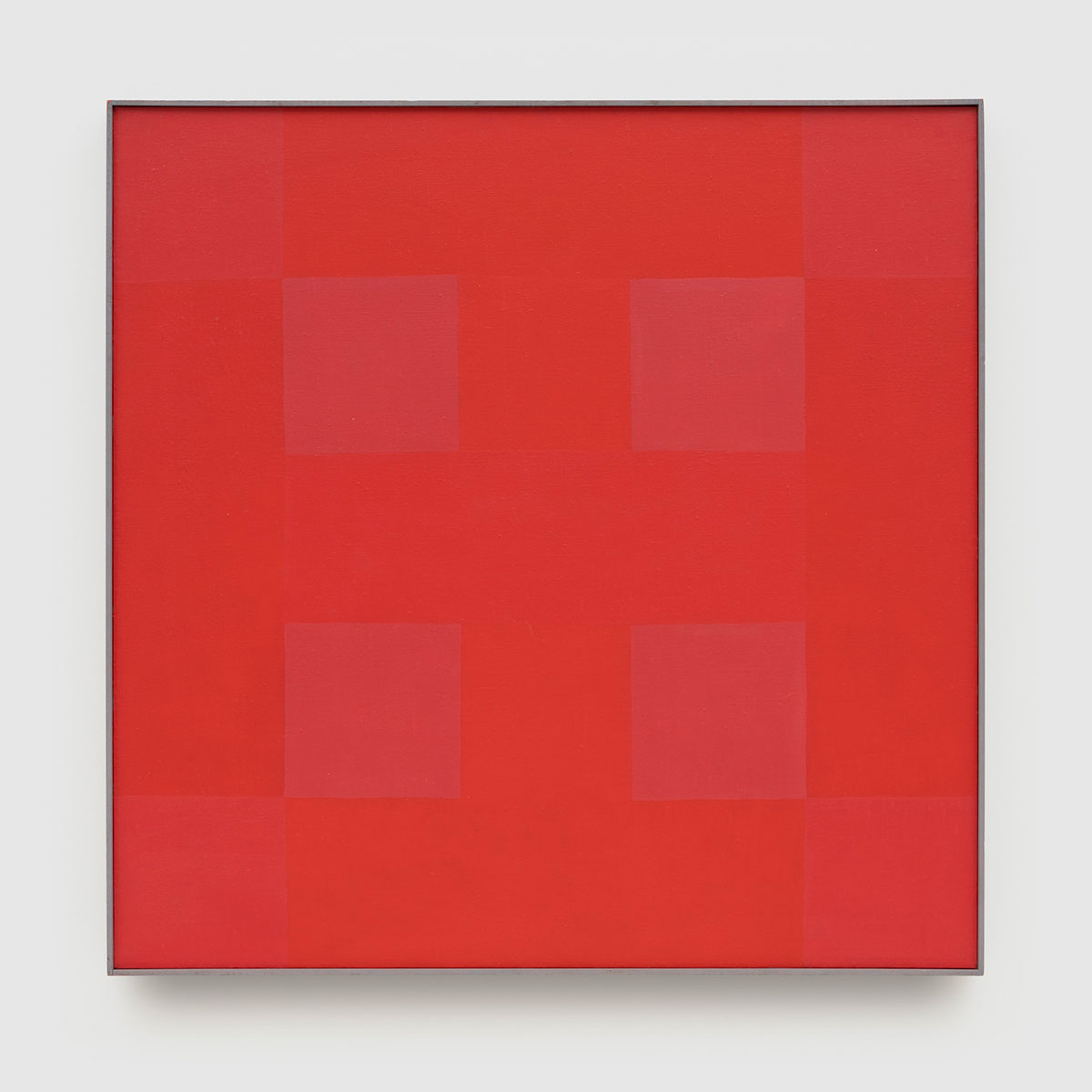PRESENTATION: Ad Reinhardt-Color Out of Darkness
 Adolph Frederick “Ad” Reinhardt was a prominent American abstract artist, writer, critic, and educator. Although commonly associated with the Abstract Expressionists, his work had its origins in geometric abstraction, and, increasingly seeking to purify his painting of everything he saw as extraneous to art, he rejected the movement’s expressionism. Although he was in turn rejected by many of his peers, he was later hailed as a prophet by Minimalists.
Adolph Frederick “Ad” Reinhardt was a prominent American abstract artist, writer, critic, and educator. Although commonly associated with the Abstract Expressionists, his work had its origins in geometric abstraction, and, increasingly seeking to purify his painting of everything he saw as extraneous to art, he rejected the movement’s expressionism. Although he was in turn rejected by many of his peers, he was later hailed as a prophet by Minimalists.
By Dimitris Lempesis
Photo: Pace Gallery Archive
The exhibition, titled “Color Out of Darkness”, features Ad Reinhardt’s paintings illuminated by a lighting concept conceived by James Turrell, whose pioneering investigations of light, color, space, and perception have been greatly influenced by Reinhardt’s practice and legacy, in particular his “red,” “blue,” “white,” and “black” paintings. As part of the exhibition, a new “Wedgework” titled “After Effect” (2021). installation by Turrell is on view on the first floor of the gallery. “Color Out of Darkness”, examines the ways that both artists explore the decentralization of the object in their practices, and Turrell’s lighting concept for the show will foreground the experiential nature of Reinhardt’s work. Leonardo da Vinci’s description of the sfumato technique relates to the exhibition’s focus on perceptual experiences of light and shadow in works by Turrell and Reinhardt.
Adolph Frederick Reinhardt excelled at school and exhibited an interest in the visual arts from an early age; in high school, he worked as an illustrator for the school’s newspaper. An inveterate reader, he set his sights on the elite universities of the east coast and turned down several scholarships from art schools, opting instead for undergraduate studies in art history at Columbia University in New York, which he commenced in 1931. At Columbia, Reinhardt studied under Meyer Schapiro, an iconic American historian of art. His two majors included literature and art history, giving him a solid background in the humanities, while informing him of the latest trends in visual arts and theory. Schapiro, known for his Marxist views, introduced Reinhardt to radical campus politics, which shaped the leftist views that he maintained throughout the rest of his life. Upon graduation in 1935, Reinhardt began training as an artist, first at the National Academy of Design and later at the American Artists School on 14th Street in New York. At the AAS, he fell under the influence of two progressive painters, Francis Criss and Carl Holty, who were influenced by the European traditions of Cubism and Constructivism. Between 1936 and 1941, Reinhardt was one of the few abstract artists employed by the Works Progress Administration of the Federal Arts Project (WPA/FAP) in its easel division. While engaged in this work he met other leading artists such as Willem de Kooning and Arshile Gorky, whose friendship would continue to be important to him. During this period, Reinhardt’s works were mainly influenced by the geometric abstraction he had learned as a student. At times his work took on aspects of gestural abstraction, yet his handling was restrained in comparison to that of some of his peers. In concert with this, he also worked as a freelance illustrator and cartoonist for several New York publications, including PM and ARTnews. Reinhardt’s mature work is characterized by his search for an absolute form of abstraction. He considered Abstract Expressionism to be plagued with suggestive biomorphism, an abundance of emotional innuendos, and a cult of the ego. In contrast, he sought to create an abstract art that contained no suggestions of narrative or emotion and withheld the slightest reference to anything outside the canvas. In this regard, Reinhardt was deeply influenced by the art and theoretical writings of Kazimir Malevich. Malevich’s “Black Square” (1915) inspired the artist to begin using solid fields of color arranged in rigid geometric patterns of squares and rectangles. These experiments in the early 1950s resulted in several series of paintings devoted to a single color – the “Red Paintings”, the “Blue Paintings”, and finally the “Black Paintings” (1954-67). From 1954 until his death in 1967, Reinhardt devoted himself exclusively to the “Black Paintings”. The artist believed in the profound symbolic potency of the color black. For him it was the absolute zero, the end of light, a point so irreducible that painting as a genre was pushed to its limit of expression. Reinhardt developed a sophisticated technique to create the effects he desired. He siphoned off oil from the pigments that he used to produce a very delicate suede-like finish. His matte surfaces thus further absorb light into their refined darkness. This technique is responsible for the serious conservation issues associated with Reinhardt’s “Black Paintings “(1954-67) today. Their surfaces are so fragile and the original technique so complex that the conservation and restoration of each canvas is always an arduous, expensive, and time-consuming task.
Photo: James Turrell, Guardian, 2018, © James Turrell, Courtesy the artist and Pace Gallery
Info: Curator: James Turrell, Pace Gallery, 540 West 25th Street, New York, NY, USA, Duration: 11/2-29/3/2022, Days & Hours: Tue-Sat 10:00-18:00, www.pacegallery.com


Right: Ad Reinhardt, Abstract Painting, Blue, 1953, oil on canvas, 56″ x 22″ (142.2 cm x 55.9 cm), © 2021 Estate of Ad Reinhardt / Artists Rights Society (ARS), New York

